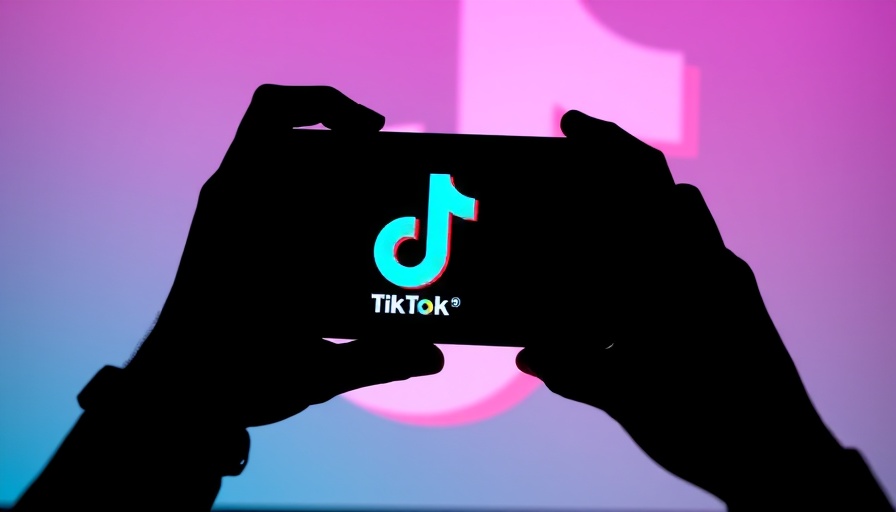
How TikTok's Bulletin Boards Might Change Social Media Engagement
In a bold move to enhance user interaction, TikTok recently announced the testing of its new feature dubbed ‘bulletin boards.’ This innovative tool allows creators and brands on the platform to share one-to-many messages with their followers, similar to the broadcast channels showcased by Instagram in 2023. Aimed at bolstering direct communication, bulletin boards epitomize how social media platforms are evolving to meet user demands.
The Intriguing Similarities to Instagram's Broadcast Channels
Just like Instagram’s broadcast channels, TikTok’s bulletin boards will enable creators to share updates, behind-the-scenes content, and promotions in a streamlined format. The creators can post text, images, or videos, while followers can respond solely through emoji reactions. This format simplifies content delivery and enhances its visibility amongst followers, ensuring that important messages do not get lost in the usual feed.
A New Era of Direct Creator-Follower Communication
The introduction of bulletin boards is not just about engagement; it showcases a growing trend in social media where platforms borrow successful features from one another. By allowing creators to disseminate more personalized messages directly to their audience, TikTok is fostering a closer connection between content creators and consumers. This trend extends to brands as well. Companies like People magazine, Paris Saint-Germain F.C., and the Jonas Brothers are part of the initial testing phase, exploring how this tool can augment their communication strategies.
Potential Future Developments
While TikTok's bulletin boards are currently in testing, the platform may expand functionalities similar to those found in Instagram's channels—such as the inclusion of polls and surveys. These additional features could drive even greater engagement, as they allow for interactive communication where followers can actively participate rather than just passively consume content. It will be interesting to watch how TikTok shapes and evolves this feature based on user feedback and engagement metrics.
Are Bulletin Boards a Game-Changer for Brands?
The introduction of bulletin boards can alter the marketing landscape on TikTok for brands aiming to capture audience attention. This format prioritizes authenticity and personal connection, enabling brands to share exclusive content that builds anticipation and loyalty. By leveraging bulletin boards, brands can curate tailored experiences for their fans, ultimately turning casual viewers into loyal customers.
Analyzing the Broader Impact on Social Media Platforms
Looking beyond TikTok, the rise of bulletin boards exemplifies the ongoing arms race among social media platforms to retain user interest and engagement. As users continue to seek more authentic and meaningful interactions, platforms need to innovate consistently. Tools such as bulletin boards will likely become essential for brands and influencers seeking to distinguish themselves in an increasingly crowded space.
The Importance of Keeping Up with Tech Innovations
Given the rapid pace of technological advancements, staying updated with the latest tech news is vital for creators, brands, and marketers. Features like TikTok’s bulletin boards may soon become standard across platforms as they reflect current user preferences for direct and meaningful communication. Engaging with these developments can provide businesses valuable insights into how to adapt and thrive in the ever-evolving digital landscape.
Conclusion: The Future of Social Media Engagement
As TikTok tests its bulletin boards alongside other platforms adopting similar features, it becomes clear that the future of social media will hinge on tools that facilitate direct engagement and authentic interactions. Keeping tabs on these developments is crucial for anyone involved in social media strategy or digital marketing. By being proactive and adaptable, individuals and brands can harness these trends to foster deeper connections with their audience.
 Add Row
Add Row  Add
Add 



Write A Comment